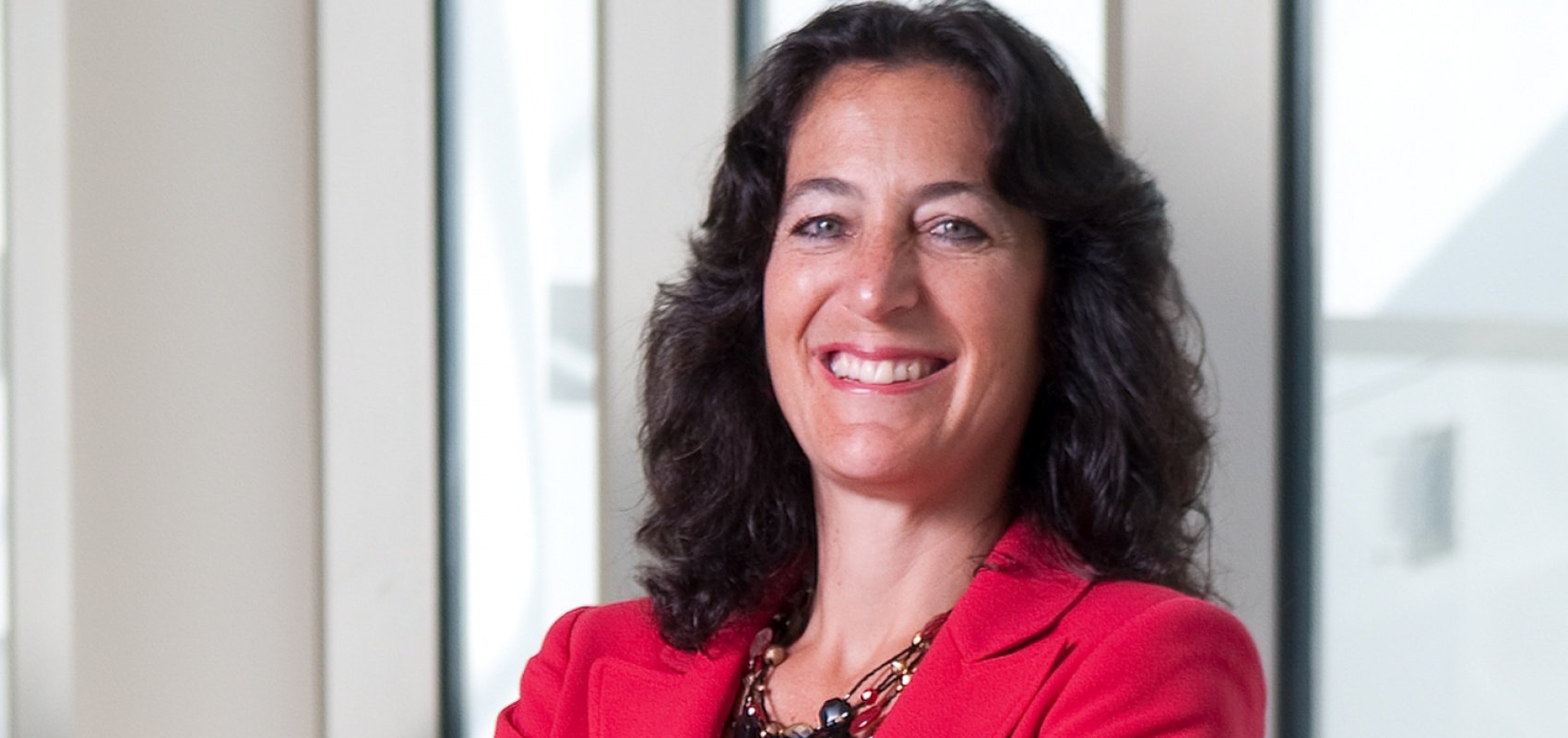Electrical engineering professor Andrea Goldsmith recently received the 2019 Institute of Electrical and Electronics Engineers (IEEE) Eric E. Sumner Award for her contributions to wireless technology and technological advancement of the communications field.
Goldsmith founded Plume, an adaptive WiFi company that places a wireless node in each room of a given user’s home in order to analyze the home environment and develop the strongest signals possible.
She also leads Stanford’s Wireless Systems Lab, which focuses on analysis, design and fundamental performance limits of wireless systems. She also researches the wireless technology helping people and things communicate.
The Daily sat down with Professor Goldsmith to discuss her research and the Eric E. Sumner Award.
The Stanford Daily (TSD): Can you describe your work with wireless systems?
Andrea Goldsmith (AG): My research is about broad notions of, “How do we create new wireless technology?” and how to apply single purpose tools from one area to others. Some of the work I do is apply the tools of wireless communication to other areas.
TSD: How did you get into engineering?
AG: I did all my degrees at Berkeley. As an undergraduate, I declared engineering as my major and was intrigued by the sciences and how to apply them in impactful ways to change people’s lives. Eventually, I settled on engineering and communications in the early 1980s because it was an application of these technical fields where I could see the impact. I was intrigued by creating new systems and new ways for people to communicate while they are moving around. I worked for several years in a small defense communication company with a lot of people that had a Ph.D. The way they solved problems was different from the way I solved problems. So I went back to graduate school and got a Ph.D. Still 30 years later, I am very excited about wireless.
TSD: What is it like to be an entrepreneur and a professor?
AG: I started my first company, called Quantenna, in 2005. That’s when I met my cofounder and we started talking about building a company around the new WiFi standard. I had been doing a lot of theoretical research, and I really wanted to see if all the research could be translated into a product and a successful company. It was a super exciting journey. It is very different to be an entrepreneur than to be an academic. I like to call it a wild ride. I bought all my experience back to my research and teaching. It shapes my teaching and the research I do. I am able to take my experiences and do that in my WiFi communications class and my freshman design class. That entrepreneurial experience made me a better professor.
TSD: There’s a lot of excitement around 5G mobile communication. What should the Stanford community know about that?
AG: The next wave of wireless will not just be about going faster. If you think about embedding sensors everywhere, you need the sensors to be efficient. We need new tech that creates radios that are very small and energy efficient.
The next generation of wireless will shift the focus to devices. People won’t be a part of the info exchange. Devices will be doing that. We will have more electronic devices collecting information. That information can be used in real time to control systems. That will be used to make our lives better. That’s the promise of the next generation of wireless. It will go beyond information change and interconnect the world.
TSD: More than a billion people still don’t have access to WiFi. How does the world solve this problem?
AG: There [is] a whole new generation of satellite systems that can cover all the people on the planet at a much lower cost and at higher performance than in the past. I see in this next wave of wireless technology that we are actually going to be able to cover the entire globe at a relatively low cost. We have seen cell phones and WiFi transform the lives of people. Going into rural areas has been exorbitantly expensive so far. Satellite tech hasn’t been very high performance. The technology is going to evolve quite fast for those parts of the world.
TSD: You work a lot to get more women in engineering. Why is this important to you?
AG: I am a strong believer that having a diverse set of people around the table to design something leads to a better outcome. I believe in diversity and engineering and broadly because you have better ideas when people bring diverse sets of experiences. In my profession, we are still below 20 percent women at the undergrad level. There is still a lot of info bias and cultural pressures on young people to be one way.
This interview has been lightly edited and condensed.
Contact Manat Kaur at manat ‘at’ object.live.
